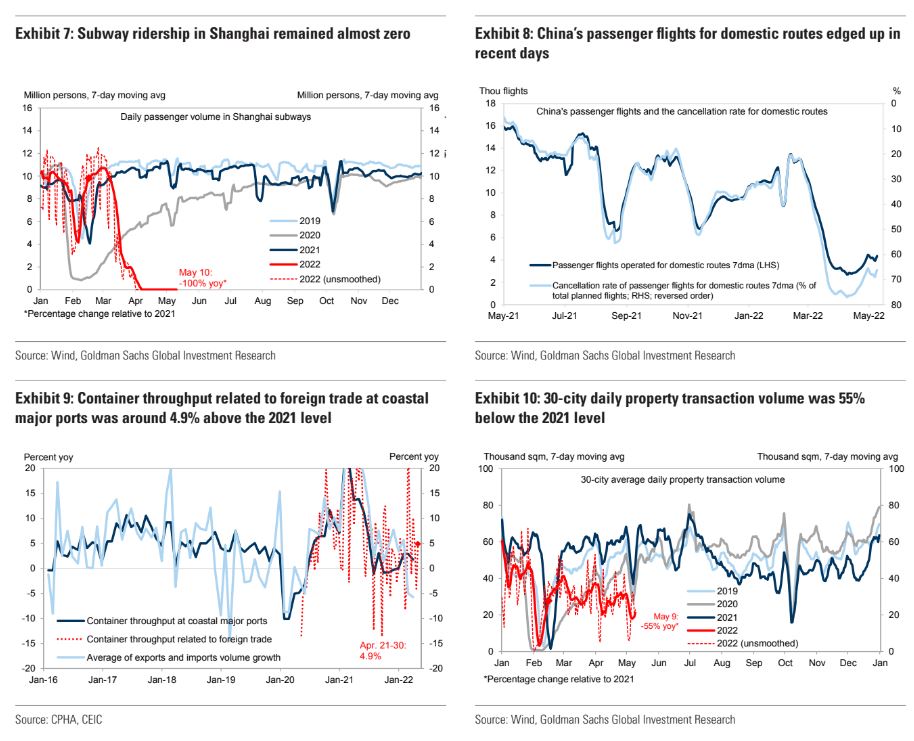There is some more slow progress on OMIRCON in China but the economy is still depressed, property in particular:
Chinese Premier Li Keqiang urged officials to use fiscal and monetary policies to stabilize employment and the economy as the country reels from Covid outbreaks and rising inflationary pressure.
Advertisement



